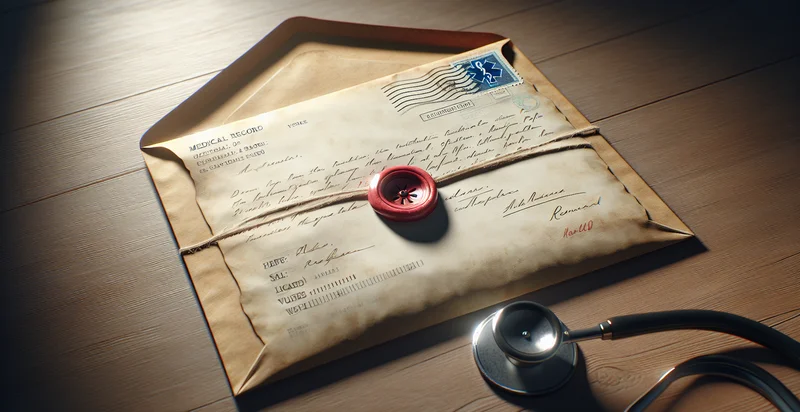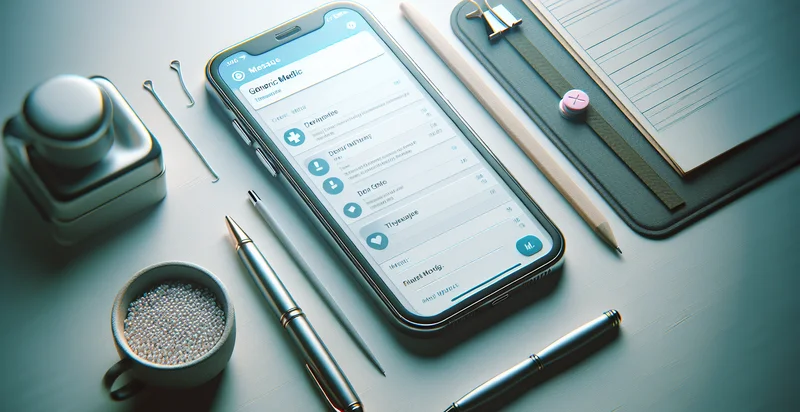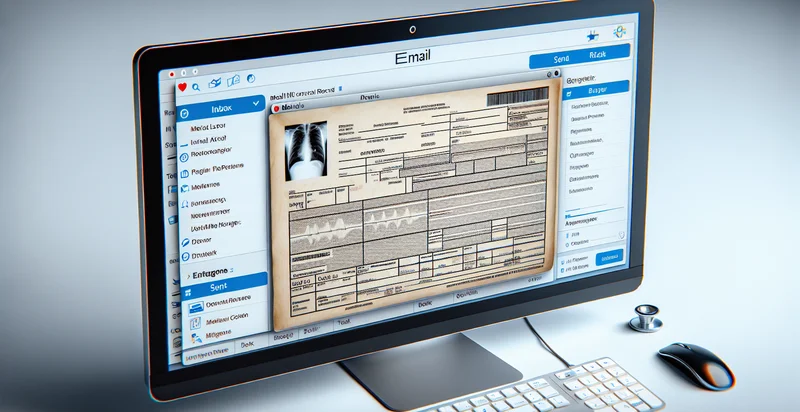Identify if medical record is visible
using AI
Below is a free classifier to identify if medical record is visible. Just input your text, and our AI will predict if a medical record is visible - in just seconds.

Contact us for API access
Or, use Nyckel to build highly-accurate custom classifiers in just minutes. No PhD required.
Get started
import nyckel
credentials = nyckel.Credentials("YOUR_CLIENT_ID", "YOUR_CLIENT_SECRET")
nyckel.invoke("if-medical-record-is-visible", "your_text_here", credentials)
fetch('https://www.nyckel.com/v1/functions/if-medical-record-is-visible/invoke', {
method: 'POST',
headers: {
'Authorization': 'Bearer ' + 'YOUR_BEARER_TOKEN',
'Content-Type': 'application/json',
},
body: JSON.stringify(
{"data": "your_text_here"}
)
})
.then(response => response.json())
.then(data => console.log(data));
curl -X POST \
-H "Content-Type: application/json" \
-H "Authorization: Bearer YOUR_BEARER_TOKEN" \
-d '{"data": "your_text_here"}' \
https://www.nyckel.com/v1/functions/if-medical-record-is-visible/invoke
How this classifier works
To start, input the text that you'd like analyzed. Our AI tool will then predict if a medical record is visible.
This pretrained text model uses a Nyckel-created dataset and has 2 labels, including Medical Record Not Visible and Medical Record Visible.
We'll also show a confidence score (the higher the number, the more confident the AI model is around if a medical record is visible).
Whether you're just curious or building if medical record is visible detection into your application, we hope our classifier proves helpful.
Related Classifiers
Need to identify if medical record is visible at scale?
Get API or Zapier access to this classifier for free. It's perfect for:
- Medical Data Compliance Monitoring: This use case involves monitoring patient medical records for visibility to ensure compliance with health regulations such as HIPAA. By determining if a medical record is accessible to unauthorized personnel, healthcare organizations can implement corrective actions to protect patient privacy.
- Automated Patient Consent Verification: This function can be used to verify if medical records are visible in relation to patient consent statuses. By automating this process, healthcare providers can quickly confirm whether patient information is appropriately accessed or shared, enhancing trust in the data handling process.
- EHR Visibility Audit Trails: An organization can utilize this text classification to create audit trails of electronic health record (EHR) access. This allows for detailed logging and monitoring of who has viewed patient records, identifying potential breaches or misuse of confidential information.
- Risk Management in Healthcare: By identifying if medical records are visible, healthcare risk management teams can assess vulnerabilities related to data exposure. This use case supports proactive measures to bolster security frameworks and minimize the risk of data breaches.
- Telemedicine Security Assurance: In telehealth scenarios, ensuring that medical records are not improperly visible becomes crucial. This function can help evaluate the visibility of patient records during virtual consultations, ensuring that sensitive information is secure during remote interactions.
- Data Anonymization Readiness: Organizations can use this classification to determine if medical records need to be anonymized prior to sharing for research purposes. By ensuring that sensitive information is not visible, healthcare facilities can better comply with privacy standards while facilitating valuable research data availability.
- Patient Engagement Platforms: This identifier can enhance patient engagement applications by ensuring that only the correct healthcare providers can access patient records. By confirming visibility constraints, organizations can foster a more secure environment for patient interactions through digital health applications.


